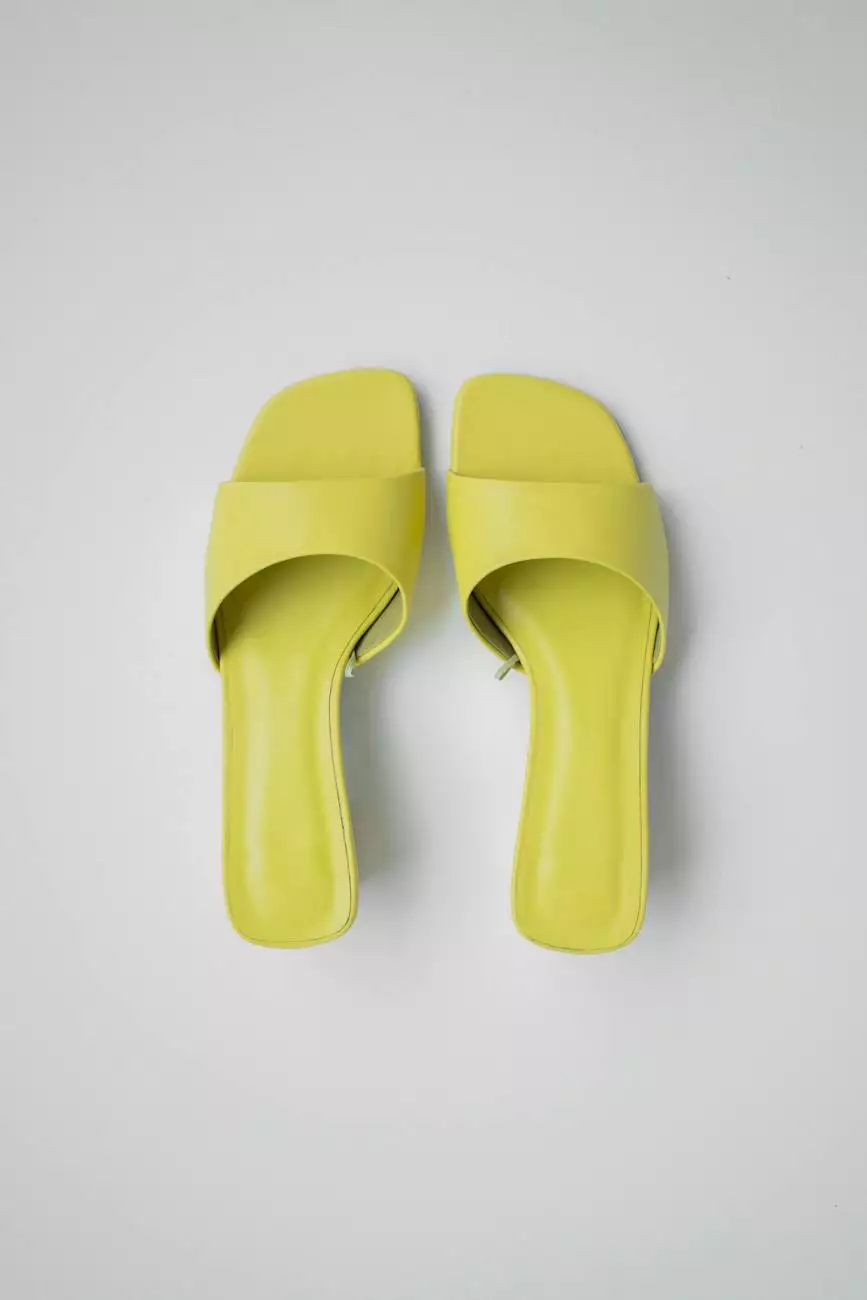HEEL PAIN: Why Does My Heel Hurt?
Injuries
Introduction
Welcome to Pain Cream Advisors, your trusted source for comprehensive information on various health conditions and effective treatments. In this article, we will delve into the common issue of heel pain. Many individuals experience discomfort in their heels, making it challenging to carry out everyday activities. Understanding the causes and finding suitable treatments can help alleviate heel pain and improve your quality of life.
Understanding Heel Pain
Heel pain refers to discomfort localized to the bottom or back of the heel. It can vary in intensity, from a dull ache to sharp, stabbing sensations. The specific cause of heel pain can vary, but some common culprits include:
- Plantar Fasciitis: One of the most prevalent causes of heel pain, plantar fasciitis occurs when the thick band of tissue (the plantar fascia) that connects the heel bone to the toes becomes inflamed or strained.
- Achilles Tendonitis: This condition manifests as inflammation of the Achilles tendon, the band of tissue connecting the calf muscles to the heel bone. Achilles tendonitis often results from overuse or repetitive strain.
- Heel Spurs: These bony outgrowths often develop as a result of long-term plantar fasciitis. Heel spurs may cause pain and discomfort at the bottom of the heel.
- Stress Fractures: Repetitive stress on the heel bone can lead to tiny cracks, known as stress fractures. Athletes who engage in high-impact activities are particularly susceptible to this type of injury.
- Other Causes: Other potential causes of heel pain include arthritis, bursitis, nerve impingement, and even certain systemic conditions such as gout or diabetes.
Symptoms and Diagnosis
Heel pain can range from mild to severe, and may be accompanied by the following symptoms:
- Pain when standing or walking: Many individuals experience heel pain when they put weight on their feet or take their first steps in the morning.
- Stiffness: The affected heel may feel stiff, making it difficult to move or flex the foot.
- Tenderness: The heel area may be tender to the touch, especially if inflammation or structural issues are present.
- Swelling: In some cases, the heel may appear swollen or red, indicating inflammation.
If you are experiencing persistent heel pain, it is essential to consult with a healthcare professional for an accurate diagnosis. The healthcare provider will conduct a thorough examination, which may include physical tests, imaging studies, and a discussion of your symptoms and medical history. This evaluation will help identify the underlying cause and inform appropriate treatment options.
Treatment and Management
The suitable treatment for heel pain depends on the underlying cause and severity of the condition. There are several conservative treatment options that can provide relief, including:
- Rest: Reducing or avoiding activities that exacerbate the pain can help alleviate symptoms and promote healing.
- Ice and Compression: Applying ice packs or using compression wraps can reduce inflammation and provide temporary pain relief.
- Orthotic Inserts: Custom orthotic inserts can provide support and cushioning to the feet, helping to distribute pressure evenly and reducing discomfort.
- Physical Therapy: Specific exercises and stretching routines can improve flexibility, strength, and overall foot function, relieving heel pain.
- Medication: Nonsteroidal anti-inflammatory drugs (NSAIDs) may be prescribed to reduce pain and inflammation in more severe cases.
In addition to these conservative measures, your healthcare provider may recommend advanced treatments such as corticosteroid injections, shockwave therapy, or, in rare cases, surgical intervention. Each treatment plan is tailored to the individual's specific needs, aiming to provide long-term relief and improved functionality.
Prevention
While it may not always be possible to prevent heel pain, certain measures can reduce the risk and promote foot health. These include:
- Proper Footwear: Wearing appropriate footwear with adequate arch support and cushioning can minimize the strain on the plantar fascia and other structures in the foot.
- Gradual Activity Increase: When starting a new exercise or increasing intensity, it is crucial to do so gradually to allow the body to adapt and minimize the risk of overuse injuries.
- Stretching and Strengthening: Regularly performing exercises that stretch and strengthen the calves and feet can improve flexibility, stability, and prevent muscle imbalances.
- Weight Management: Maintaining a healthy weight reduces the stress on the feet and lowers the risk of various foot and ankle conditions, including heel pain.
Conclusion
Heel pain can significantly impact your daily life, but with proper understanding, diagnosis, and treatment, relief is possible. Pain Cream Advisors is dedicated to providing you with valuable information on various health conditions. If you are experiencing heel pain, consult with a healthcare professional to receive an accurate diagnosis and comprehensive treatment plan tailored to your needs. Don't let heel pain hold you back – take the necessary steps to regain your comfort and mobility.




